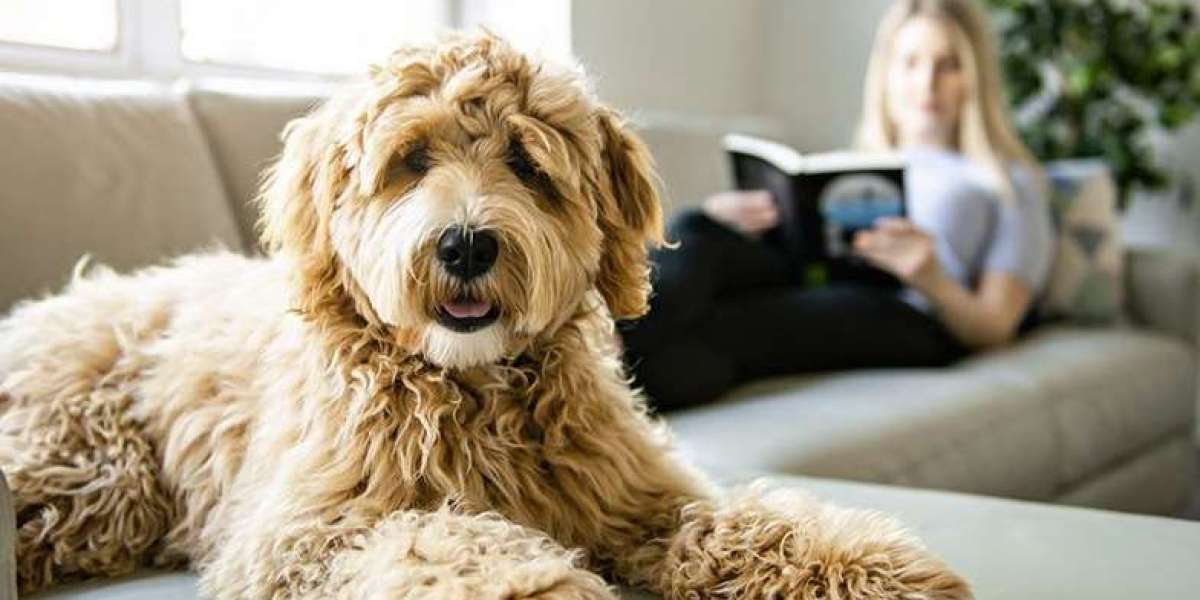However, it also comes with its own set of challenges, particularly when it comes to training. Proper training is essential not only for ensuring your puppy grows into a well-behaved dog but also for strengthening the bond between you and your furry companion. In this comprehensive puppy training guide, we'll explore the fundamental principles and techniques to help you raise a happy, well-adjusted dog.
Understanding Your Puppy's Needs
Before diving into training, it's crucial to understand your puppy's needs. Puppies are like sponges, eager to learn and explore their environment. They thrive on positive reinforcement and consistency. Remember that your puppy is still young and may not understand everything at once. Patience, understanding, and empathy are key.
Basic Training Commands
Sit: Teaching your puppy to sit is one of the first commands you should tackle. Start by holding a treat close to your puppy's nose and slowly move your hand upward. As their head follows the treat, their bottom will naturally lower. Once they're in a sitting position, praise and reward them with the treat.
Stay: Teaching your puppy to stay is essential for safety and control. Begin by having your puppy sit. Then, with an open palm facing them, say "stay" in a calm yet firm voice. Take a step back and wait a few seconds before returning to them and offering praise and a treat. Gradually increase the distance and duration as they become more proficient.
Come: The recall command is crucial for calling your puppy back to you, especially in potentially dangerous situations. Start in a low-distraction environment and call your puppy's name followed by come. When they respond and come to you, reward them generously with praise and treats.
Crate Training
Crate training provides your puppy with a safe and comfortable space of their own while aiding in housetraining and preventing destructive behavior. Introduce the crate gradually, associating it with positive experiences such as meals and treats. Never use the crate as a form of punishment, as it should be a place of security for your puppy.
Socialization
Socialization is vital for a well-rounded and confident dog. Expose your puppy to various environments, people, and animals from an early age. Supervised interactions with other dogs can teach them appropriate social behaviors, while exposure to different sights and sounds helps prevent fearfulness and anxiety.
Positive Reinforcement
Positive reinforcement is the cornerstone of effective puppy training. Use treats, praise, and affection to reward good behavior, reinforcing the behaviors you want to see more of. Avoid punishment-based methods, as they can damage the trust between you and your puppy and lead to anxiety and aggression.
Consistency and Patience
Consistency is key to successful puppy training. Establish clear rules and boundaries from the beginning, and ensure that everyone in the household follows them consistently. Remember that puppies learn at their own pace, so be patient and understanding throughout the training process.
Seeking Professional Help
While many aspects of puppy training can be done at home, don't hesitate to seek professional help if you encounter challenges beyond your expertise. A qualified dog trainer can provide personalized guidance and support to address specific issues and help you build a strong foundation for your puppy's future.
Conclusion
Training your puppy is a journey filled with joy, challenges, and countless rewards. By understanding your puppy's needs, employing positive reinforcement techniques, and maintaining consistency and patience, you can lay the groundwork for a lifelong bond built on trust and mutual respect. With dedication and love, you'll watch your puppy grow into a well-behaved, happy companion who enriches your life in countless ways.








